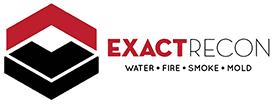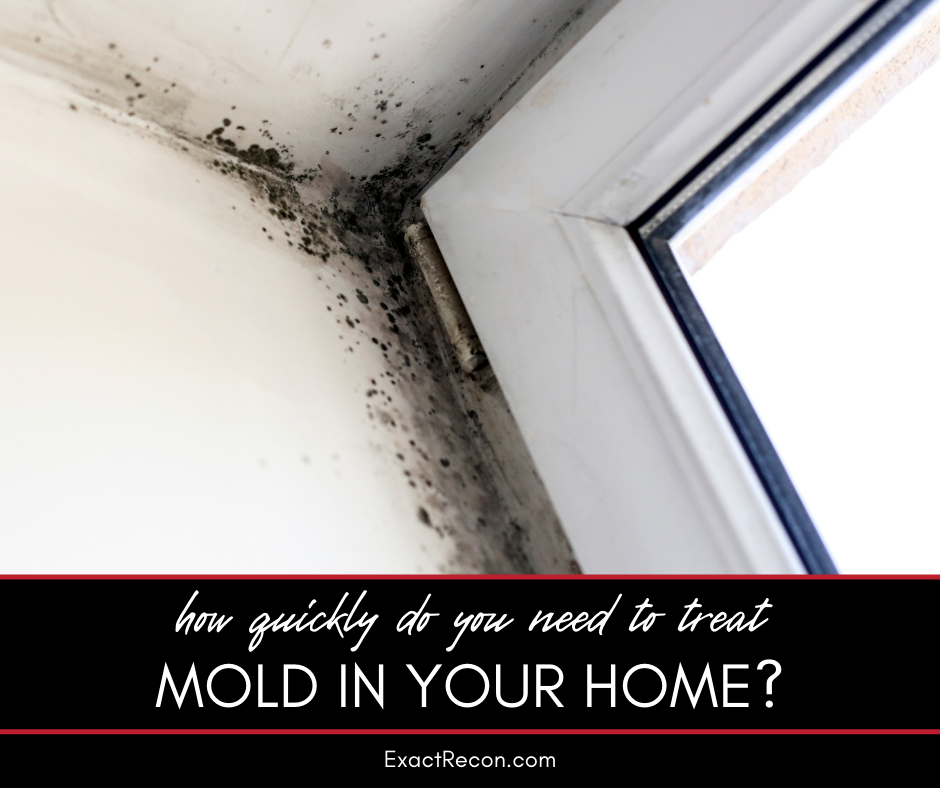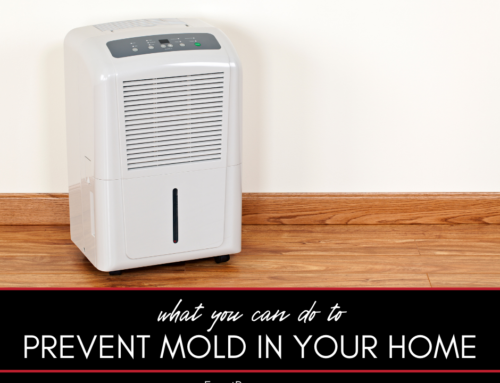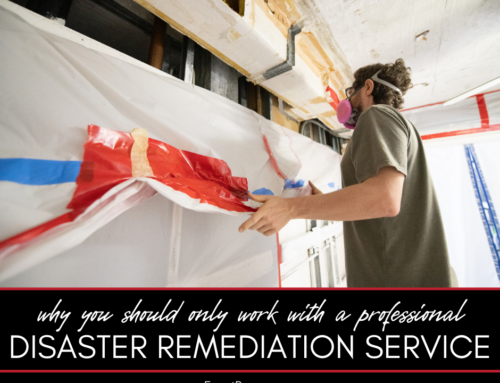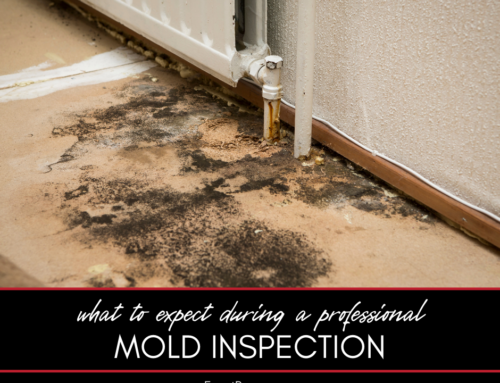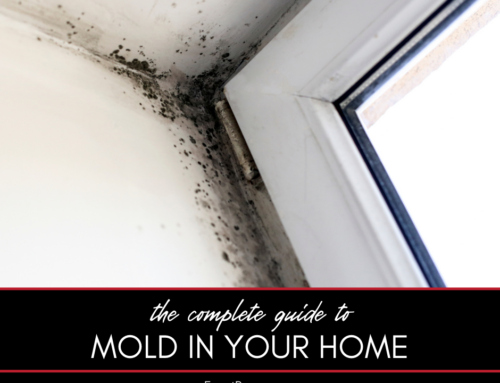When disaster strikes, it’s natural to feel overwhelmed. Whether it’s a flood, fire, or even a broken pipe, the aftermath can be challenging. One of the most common issues homeowners face after water-related disasters is mold growth. But how quickly do you need to address it? Let’s dive in.
How Quickly Do You Need to Treat Mold in Your Home?
You’re probably reading this because you’ve noticed some mold in your home or you want to be prepared just in case. It’s essential to know that mold can be more than just an unsightly nuisance; it can pose serious health risks. This guide covers:
- Why mold is a concern
- How fast mold grows
- Steps to treat mold
- Preventing future mold growth
- When to call a professional
Here’s a closer look at each.
Why Mold is a Concern
Mold isn’t just an eyesore; it’s a health hazard. Exposure to mold can lead to respiratory issues, allergic reactions, and even more severe health problems, especially for those with compromised immune systems. If you or your family members start experiencing unexplained coughs, sneezes, or skin rashes, mold might be the culprit.
How Fast Mold Grows
After water damage, mold can start growing within 24 to 48 hours. That’s right, in just two days, those tiny spores can begin to multiply and spread. The longer you wait, the more extensive and costly the damage can become.
Steps to Treat Mold
If you spot mold, don’t panic. Here’s what you can do:
- Identify the source of moisture and fix it. This might mean repairing a leak or addressing poor ventilation.
- Clean the affected area with a mold-killing solution. You’ll find many commercial products, but a mixture of water and vinegar can also do the trick.
- Dry the area thoroughly using fans or dehumidifiers.
- Keep an eye out for any signs of mold returning.
Preventing Future Mold Growth
Prevention is key. Ensure your home is well-ventilated, especially in areas like the bathroom and kitchen. Regularly check for leaks and address them immediately. Consider using mold-resistant products in your home, especially if you live in a humid climate.
When to Call a Professional
If the mold covers a large area, or if you’re experiencing health symptoms, it’s time to call in the experts. They’ll have the tools and knowledge to ensure the mold is thoroughly removed and won’t return.
FAQ About Treating Mold in Your Home
Here are some frequently asked questions about treating mold in your home. If you don’t see the answers you’re looking for here, please call our office. We’re here to help.
How Can I Tell if It’s Mold or Mildew?
Mildew is a surface fungus that’s easier to clean, while mold penetrates surfaces. Mold is often thicker and may appear fuzzy. If unsure, it’s best to treat it as mold.
Can I Paint Over Mold?
No, painting over mold won’t kill it or prevent it from growing. Always clean and treat the area before repainting.
Is Black Mold the Most Dangerous Type?
While black mold is notorious, all mold types can cause health issues. It’s essential to treat any mold growth seriously.
How Often Should I Check for Mold?
Regularly inspect areas prone to moisture, like basements and bathrooms. After any water damage, check immediately and continue monitoring for several weeks.
Does Home Insurance Cover Mold Removal?
It depends on your policy and the cause of the mold. Always check with your insurance provider.
Without a doubt, addressing mold promptly is crucial for your home’s health and yours. By understanding its risks and taking proactive steps, you can keep your living space safe and sound.
Do You Need a Disaster Remediation Expert in Washtenaw County or Jackson County?
If your home has already been damaged, we can help. Check out our services and call Exact Recon for your free disaster remediation quote today. We offer:
- Water damage restoration
- Mold removal and remediation
- Fire and smoke restoration
- Sewer cleanup and disinfecting
- Reconstruction
- Wind and storm damage repair
